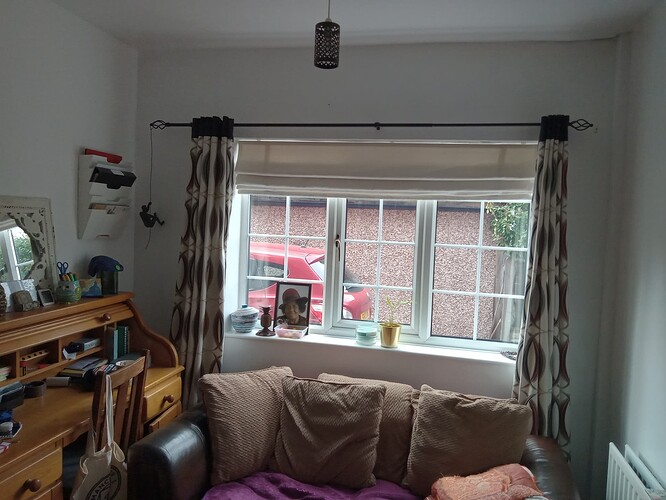After confirmation from the grant scheme that they won’t fit a heat pump without insulation - internal wall insulation is the measure we are considering and wish to understand.
This is what I know so far
*It can be installed on the external face of an internal wall / or the walls of whole rooms can insulated to make sealed thermal envelopes.
*solid brick walls need to ventilate?
- dew points are a consideration and so are thermal bridges
- vapour control layers are used with batt and insulation
- building fabric of external walls determines the best fit approach and type of materials
- window frames need to be wider to accomodate added internal thickness of insulation.
- the way installation details are completed will be finite to the success of the insulation performance.
- internal wall insulation makes rooms smaller
- sometimes pipes and electrics may need to moved if access is needed on the wall being insulated
Discussing internal wall insulation with the heat pump surveyor , he informed us that to procure internal wall insulation through the grant, a change that might be happening is in favor of insulating ALL internal walls to qualify as opposed to just the external facing awalls.
I have many questions about the pros and cons in all of this - especially external wall only versus all internal walls, as that will decide whether we have it done or not.
The disruption within peoples homes doesn’t enable ‘all internal walls’ to feel achievable.
Additionally if all internal walls have to be insulated for procurement of a heat pump on the grant scheme, that dramatically reduces the number of homes eligible for retrofit who want to decarbonize on the grant.
As ever, lots of questions!! Yet experience gained through this community assures me I am right to ask.
Thanks in advance for any feedback and sharing.
X Carla



